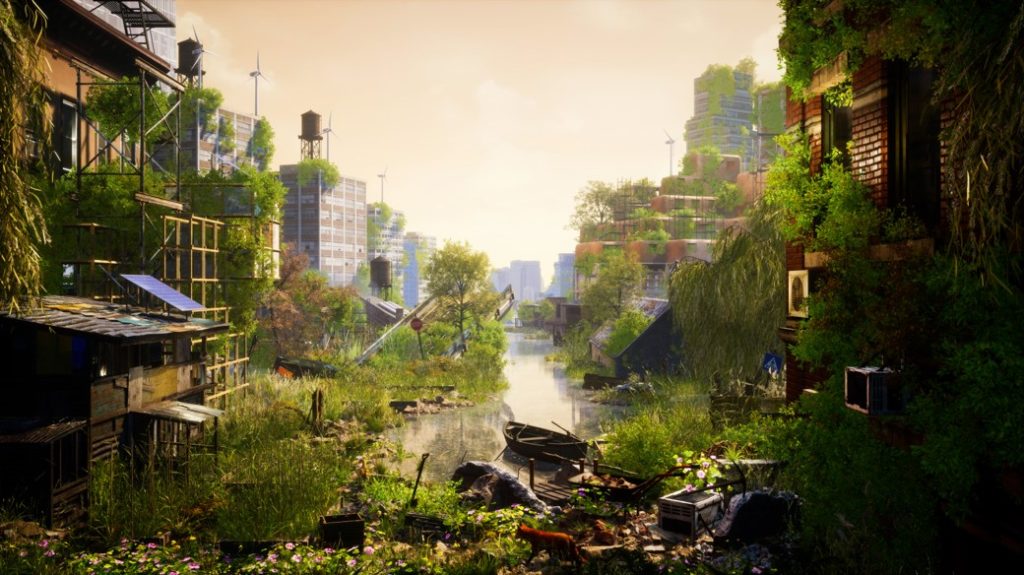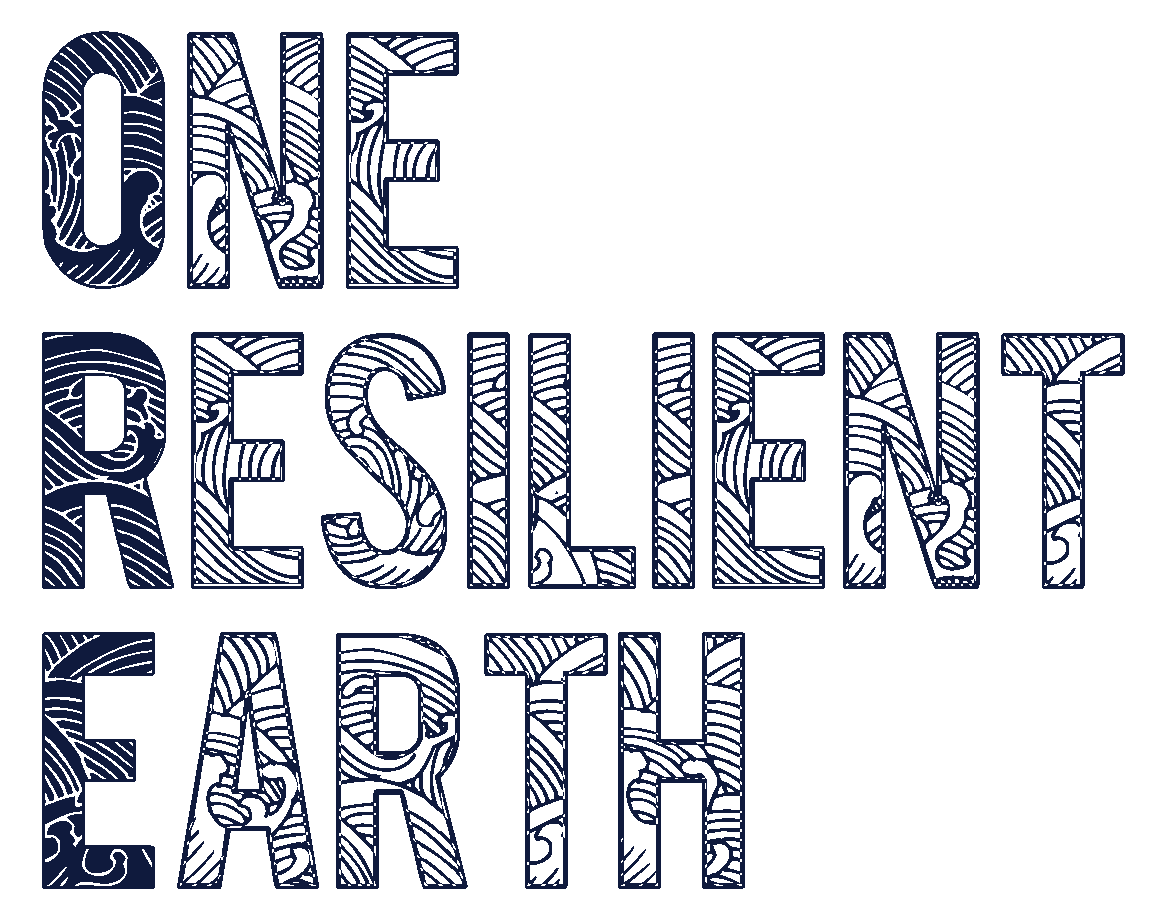In collaboration with the Anchorage Museum, this workshop wove together Futures Literacy with artworks and reflections on our emotions, so as to explore different visions of the future, at the intersection of healing and climate change. This open workshop was organized on Thursday 2 December 2021.
Over the past two years, the covid pandemic, the deepening of the climate crisis and calls for racial equity have shed the light on how much needs to be healed in our relationship with ourselves, with our communities and with our ecosystems. However, how can we ensure that the solutions we design to mend damaged relationships are not reinforcing the problems we intend to address in the first place? Could a better understanding of the way we envision the future and ‘use’ the future when making daily decisions help us see healing differently? Moreover, do we fully grasp the role that our emotions play in our understanding of crises? And do we realize how our emotional and mental health shapes the actions we choose to undertake today when tackling climate change?
Through a two-hour online workshop open to all, Loes Damhof, UNESCO Chair in Futures Literacy at Hanze University of Applied Sciences, and Laureline Simon, Founder and Director of One Resilient Earth, offered a safe space to share about the emotions and feelings associated with healing in a changing climate, and provided an opportunity to both experiment with different futures and reflect on their implications on our everyday choices.
Envisioning desirable and probable futures

Participants were invited to envision the future healed world they most desire. Following this interactive exercise, several artworks exhibited at the Anchorage Museum were integrated into the conversation to enrich those imaginings and reflect upon underlying values and intellectual structures. Such artworks included photographs of the Alien Hiker series by Maria Huhmarniemi (in the banner above), images of the Tlingit Seclusion Hut, a project of traditional Tlingit healer Meda DeWitt in collaboration with Yádi Olson, photographs of Created to hold Power by Nicholas Galanin, whose interview can be read in Tero Magazine, and photographs of Borealis: Life in the woods by Jeroen Toirkens. Going beyond representations that resonated with the context of the Arctic, the work of Superflux Studio, Refuge for Resurgence, was also introduced.

Participants were then invited to explore another future, which could be defined as a ‘probable future’, taking into account the likely impacts of climate change on the healing of ourselves, our communities and our ecosystems, when imagining our world in 2071. To dive deeper into the exercise, additional artworks displayed at the Anchorage Museum were introduced. They included photographs and images belonging to the following series: DISTURBANCE by Christina Seely, FUTURE CARTOGRAPHY by Rúrí, Mother Thought of Everything by Amy Meissner and Wearable Homes by Mary Mattingly. This exploration of probable futures also offered the opportunity to become aware of our emotions related to global heating, and of the role emotions play in the actions we choose to undertake to address this climate emergency.
Reframing the way we think… in the present

The last exercise enabled participants to play with visions of a future that was neither desirable, nor probable – a hard to grasp, both positive and negative, non-definable future. This future provided a new perspective that helped shed light on the assumptions, unknown biases, and underlying values we project onto the future. Each participant had the opportunity to acquire a better understanding of the mindframe within which they think. This understanding is the first step to avoid repeating at least some of the intellectual and bodily patterns that led to the climate and environmental crises we are entangled in today, and which we may now be striving to address through healing in the human and more-than-human worlds.
We look forward to continuing this journey with the curious and the bold who are willing to dive deeper!
Meanwhile, here are some Tero Magazine articles that can provide some openings and insights into possible next steps:
- What if resilience was about welcoming emergence every day?
- How can we stop colonizing the future?
- When will we return what we took from Indigenous Peoples?
- What can Inuit teach us about climate change and mental health?
- How can we transform mindsets to address climate change?
- A world of creators: waking up to our voices
With gratitude to the Anchorage Museum for enabling us to feature artworks they exhibit during this workshop, and to Superflux Studio for the possibility to show and reflect on Refuge for Resurgence with the group.
